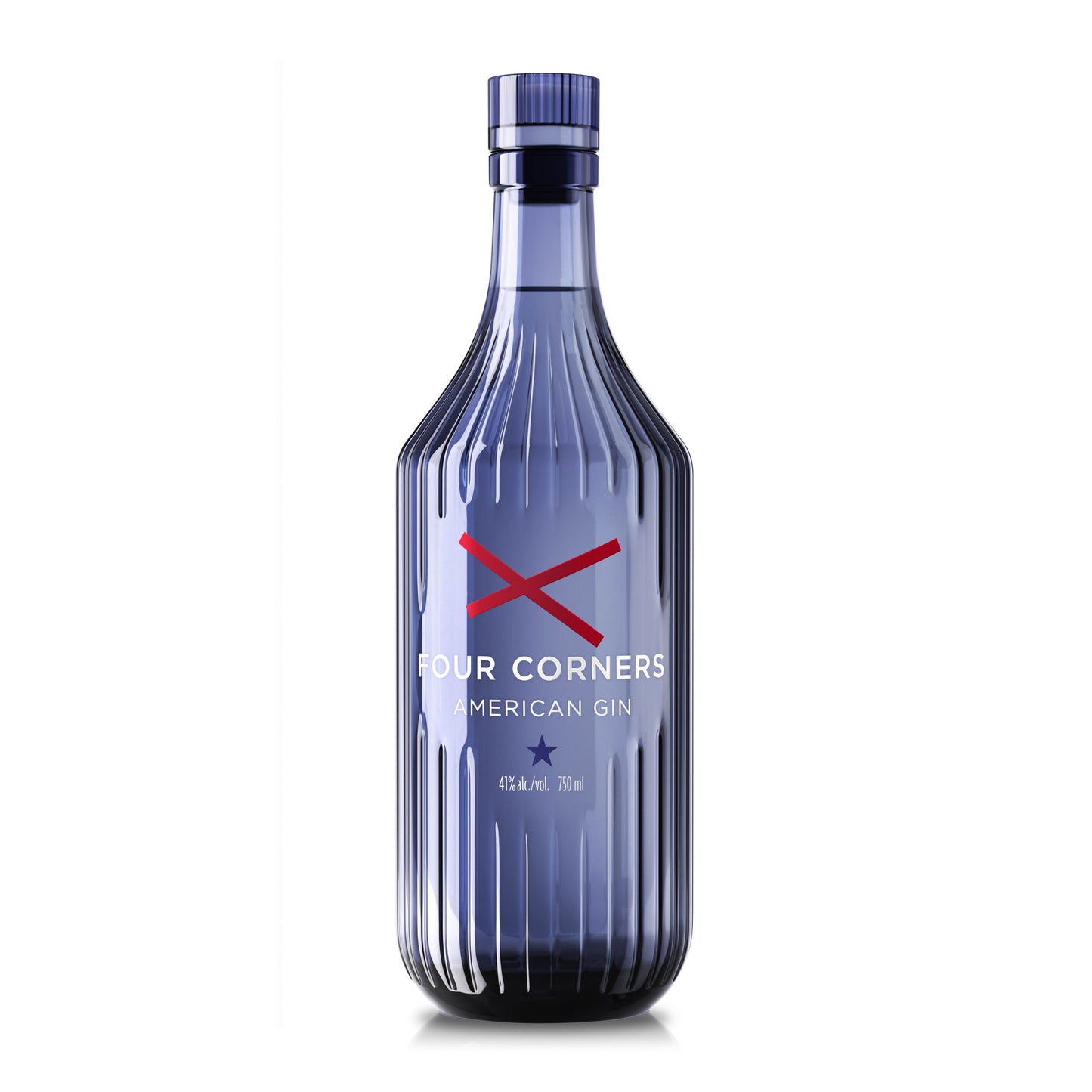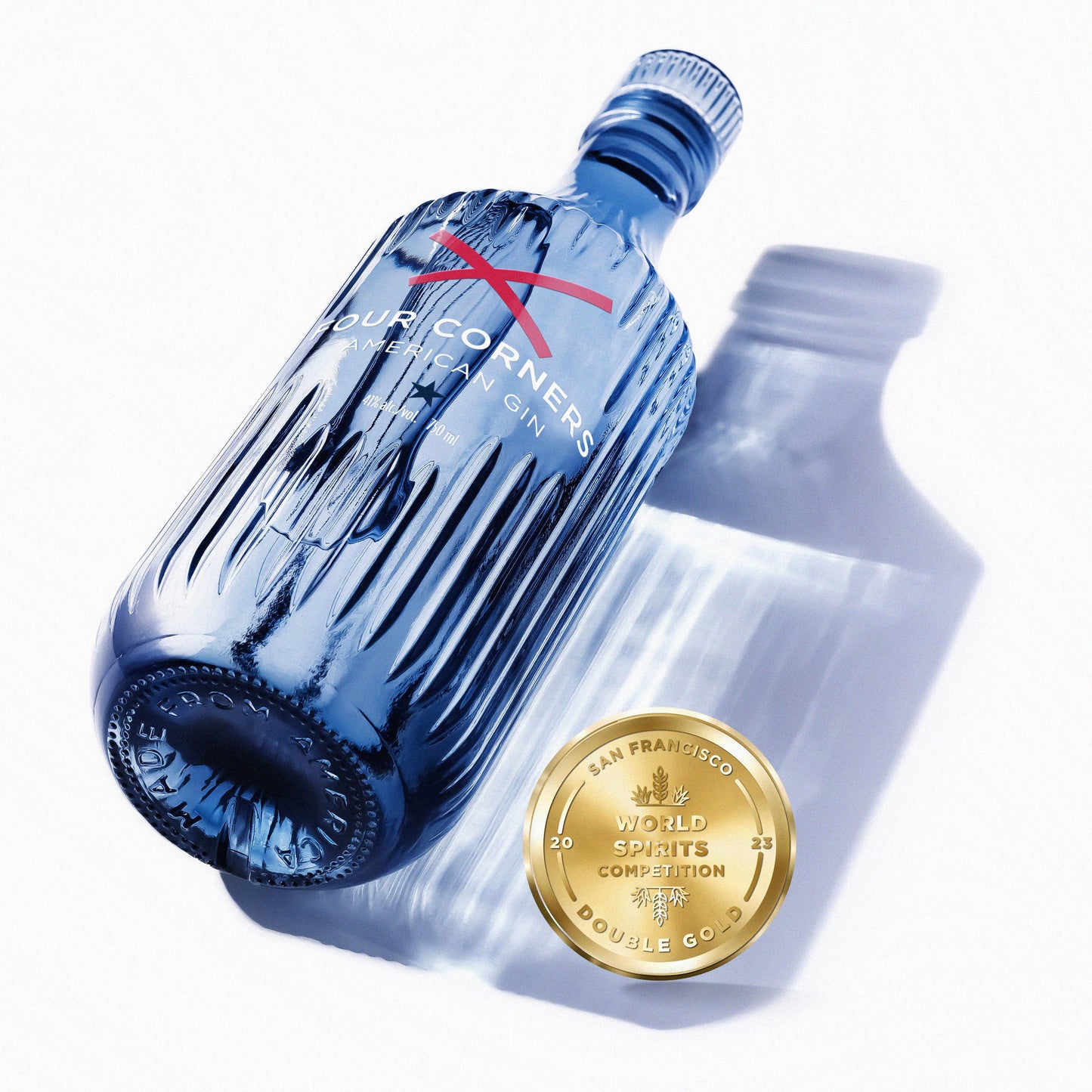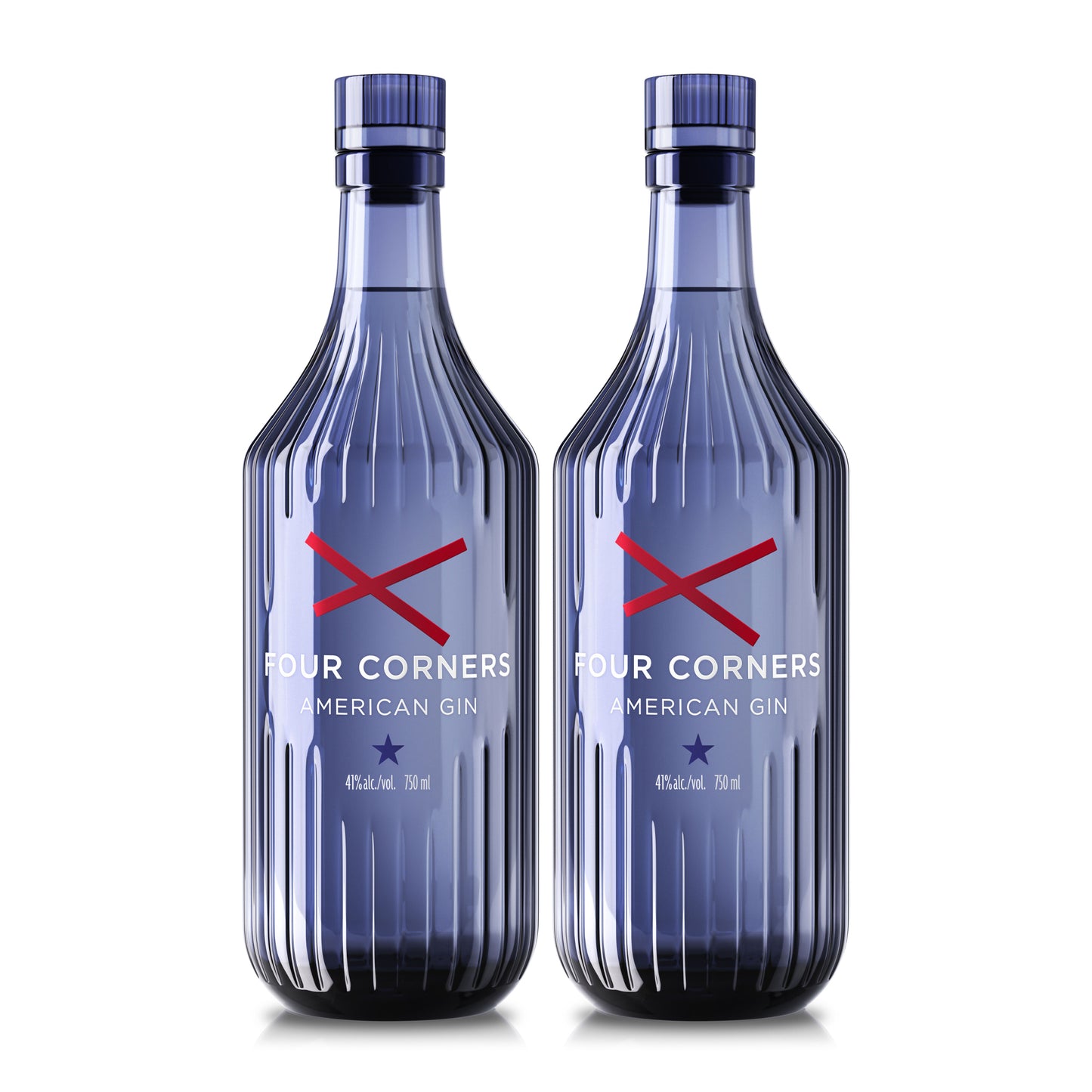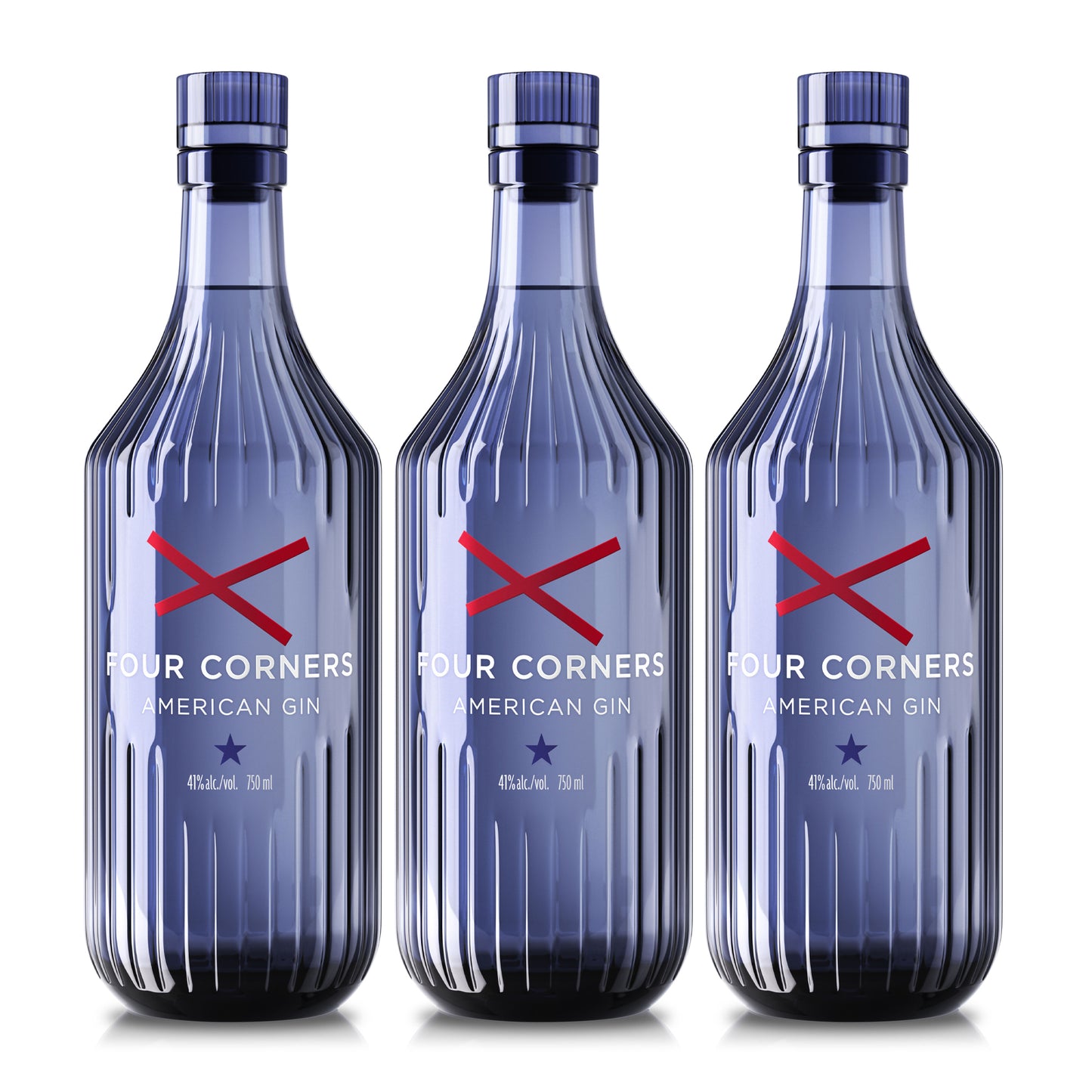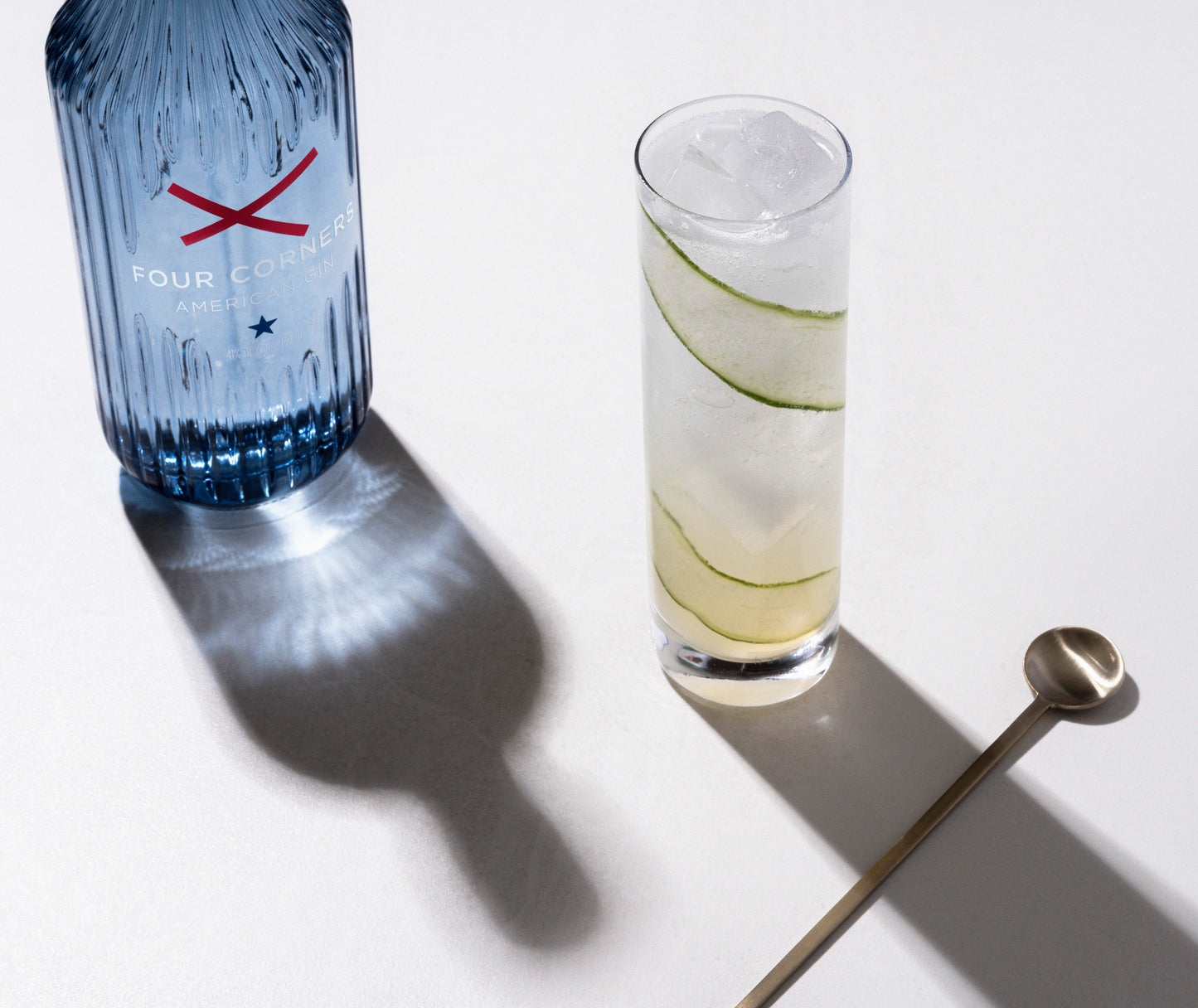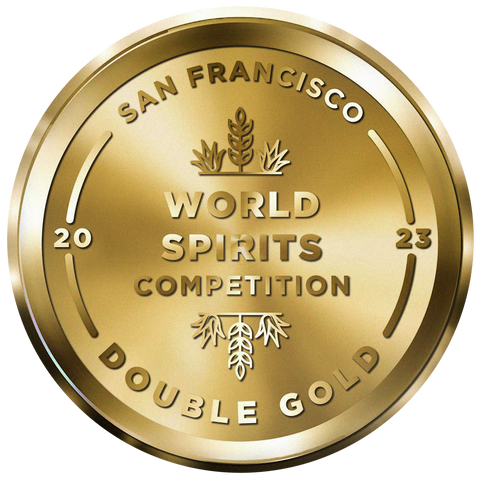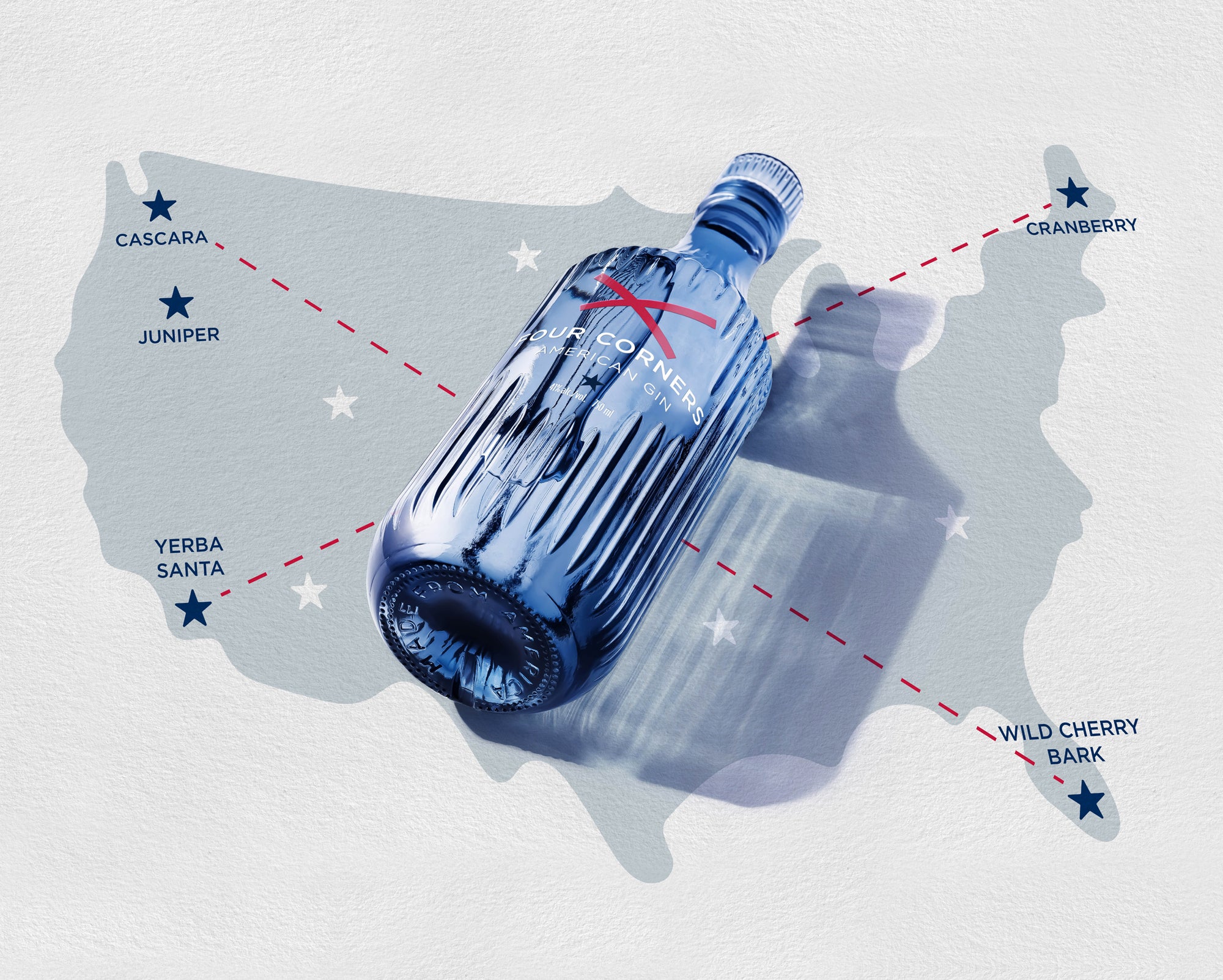

The United Taste of America
This is the first gin made with botanicals from all over the United States for a true taste of America.
We traveled to all four corners of the country to capture its flavor - literally. It took a year to find the right botanicals that could represent the vast and diverse landscapes across the country and almost another year to whittle them down, plot them on a map, find what worked in harmony, balance them and finally distil and perfect the recipe.
This is our great American road trip in a bottle. You could say it’s the United Taste of America™

Juniper
Like all gins, juniper provides the backbone of flavor. Unlike most gins, ours is wild and we use much more of the plant. Picked in the central and eastern Oregon landscape between sagebrush and pine forest once the snow melts, we use both the purple berries and the green ones. We also use the needles.
We are the only gin that does this. It gives us a unique, fuller flavor of the juniper plant that goes beyond the more resinous taste found in most gins.
The purple berries are a little fruity with a touch of a grapefruit-like character reminiscent of Sauvignon Blanc. The green berries are earthy with citrus notes, and the needles give sylvan notes of lemon and pine.

Cascara
Found in the coastal areas of the Pacific Northwest, cascara sagrada translates into “sacred bark”. It must be aged for at least a year before distilling for sweet, warm flavors layered with complexity. We use the bark which gives us complex woody notes and spices with a hint of resin, tons of vanilla, and a little moss.
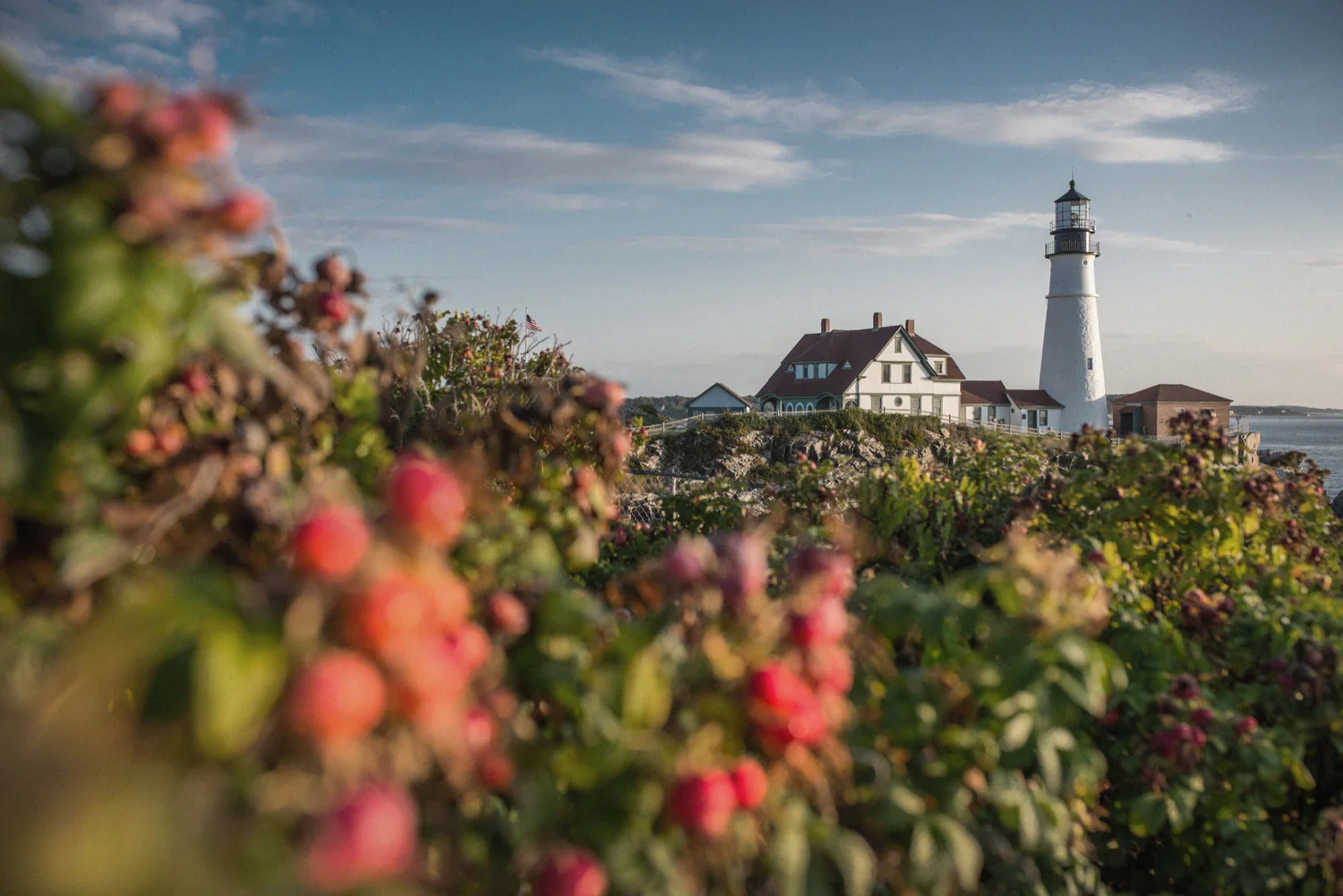
Cranberry
Nature’s Jewel of the Northeast, Maine’s famous berry fit the bill perfectly to give our gin just the right touch of brightness and fresh acidity. These traditional tart berries from the Northeast corner of America ripen in the cold and give a fresh citrusy bite to the gin.
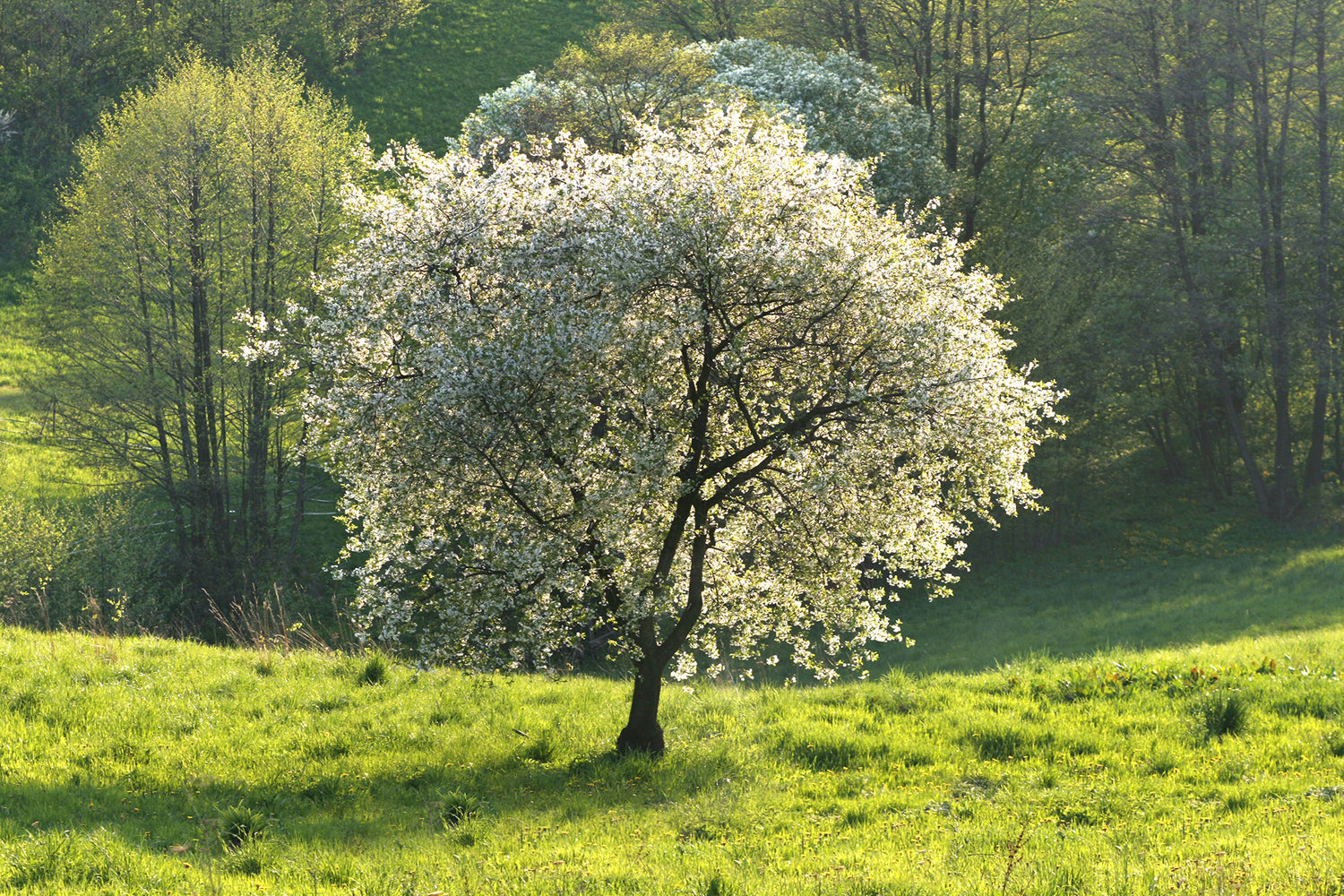
Wild Cherry Bark
It's reddish-brown bark, was traditionally used for its healing properties, but for us, we want its nutty sweetness.
In terms of flavor, we can’t quite put our finger on it, but it’s something like the shells of hazelnuts with a subtle sweetness that is almost fruity.
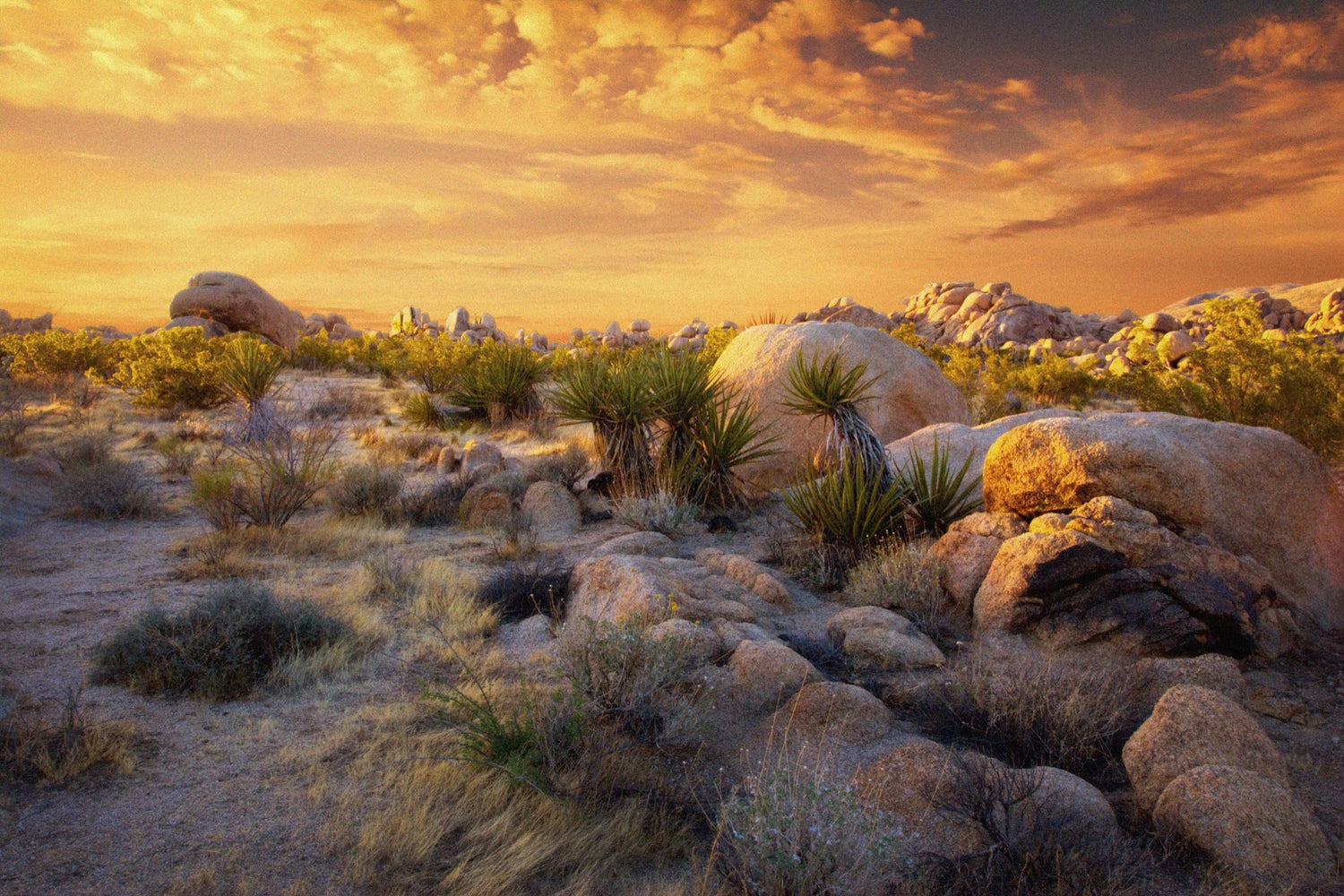
Yerba Santa
The sacred herb of the Mojave’s high desert chaparal starts out bitter and slowly sweetens.
Its leathery, resinous leaves hold moisture inside to protect it from the intensity of the desert heat.
Like smelling sweet sage on a desert breeze, yerba santa leaves also give our gin a little citrus note and just a touch of conifer.
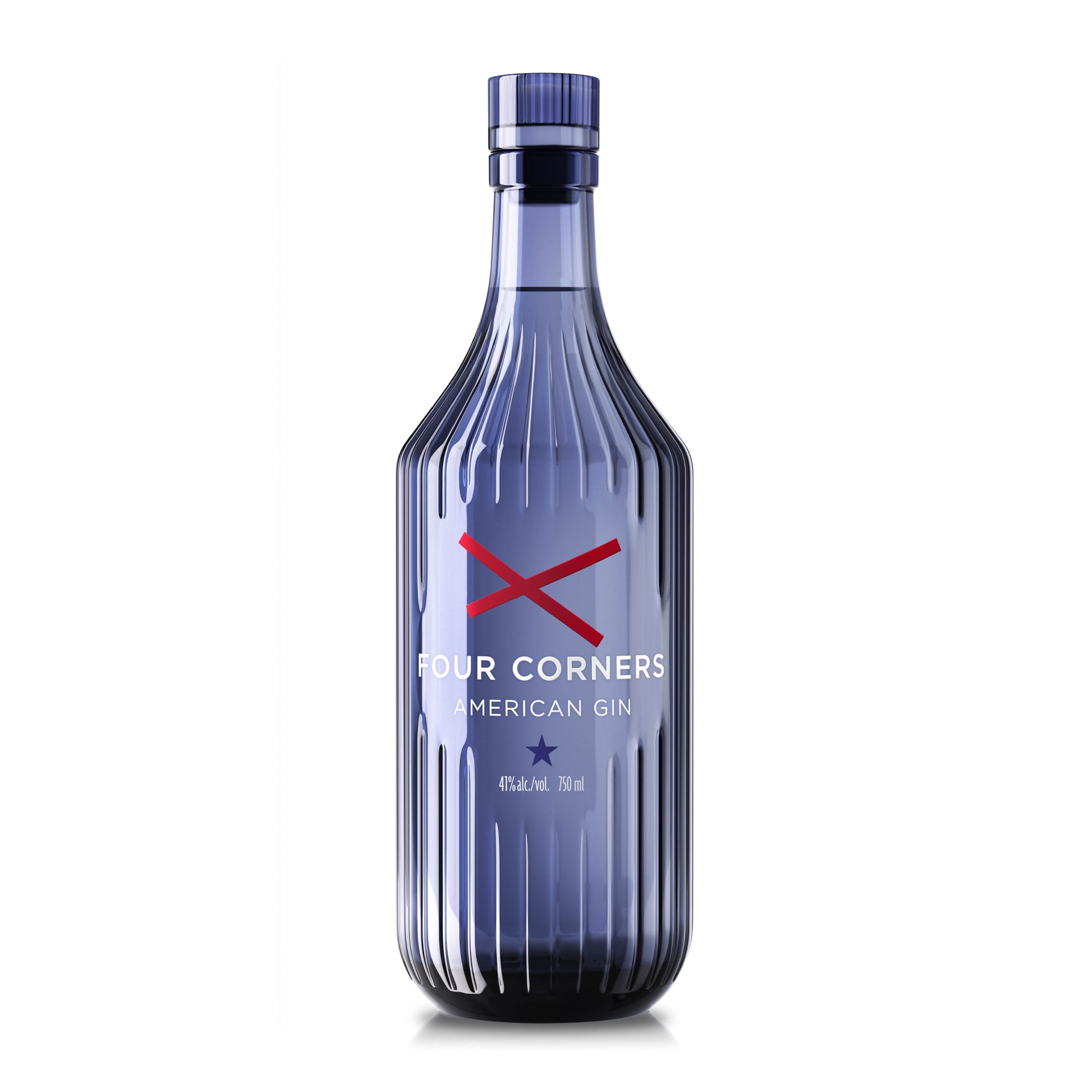
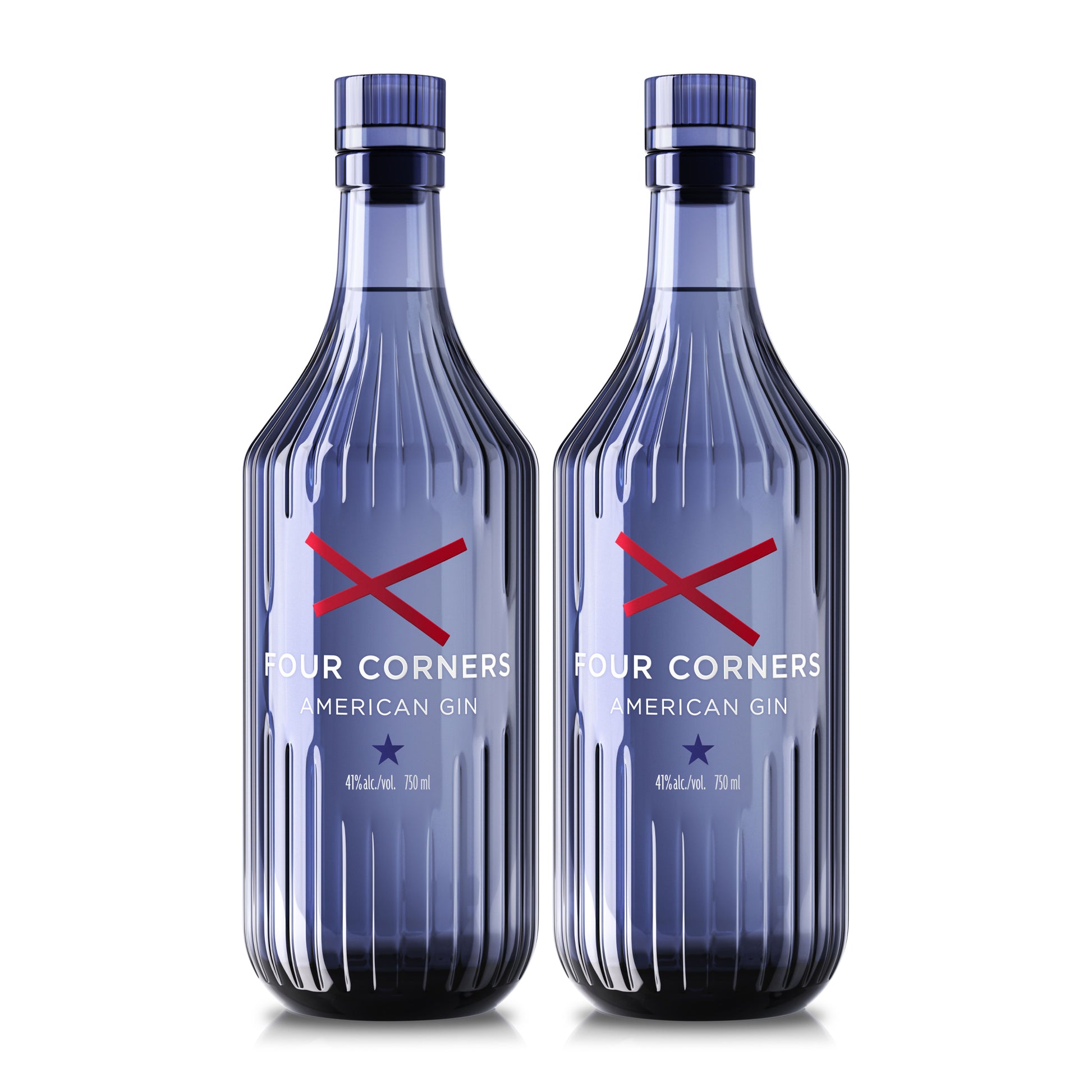
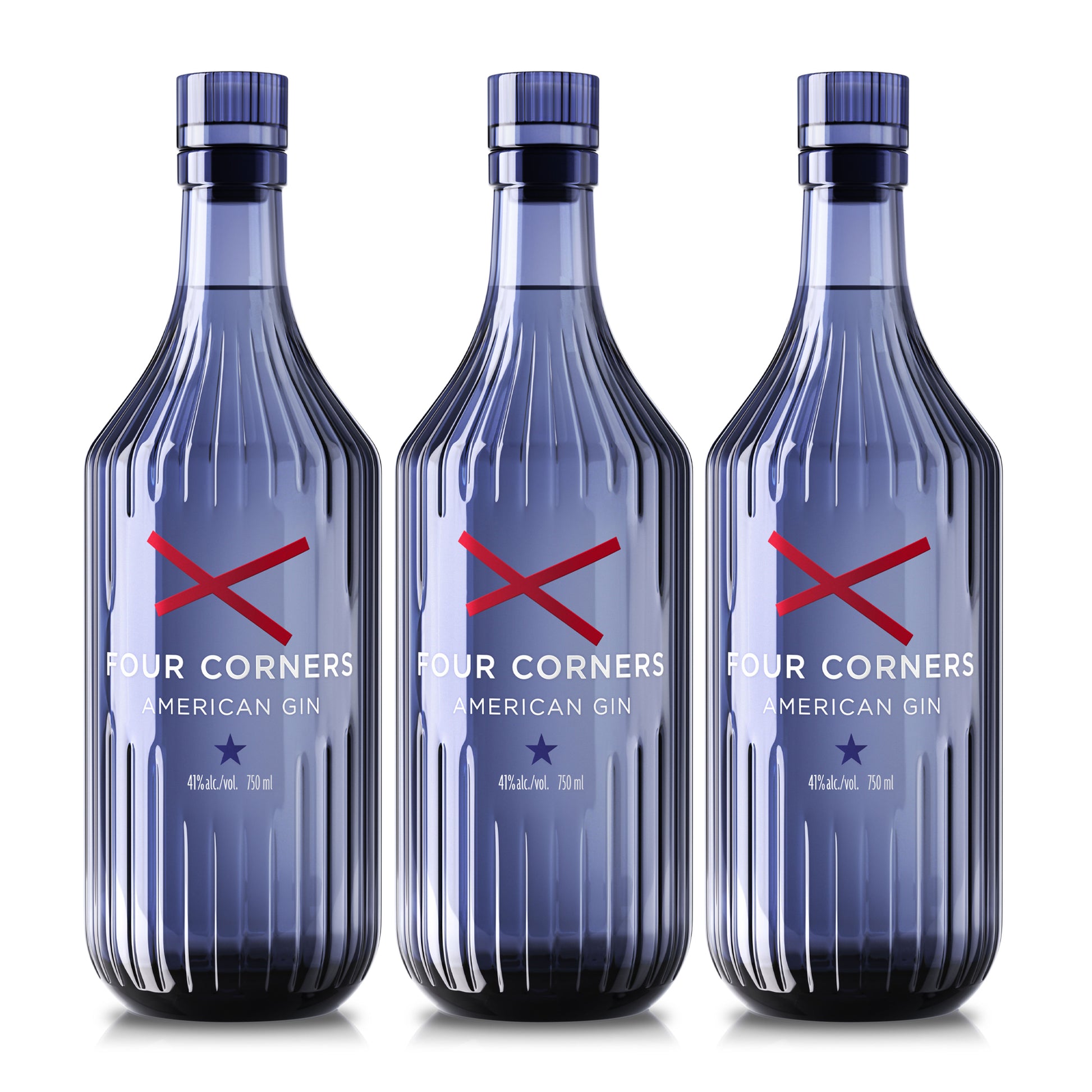
Four Corners American Gin
